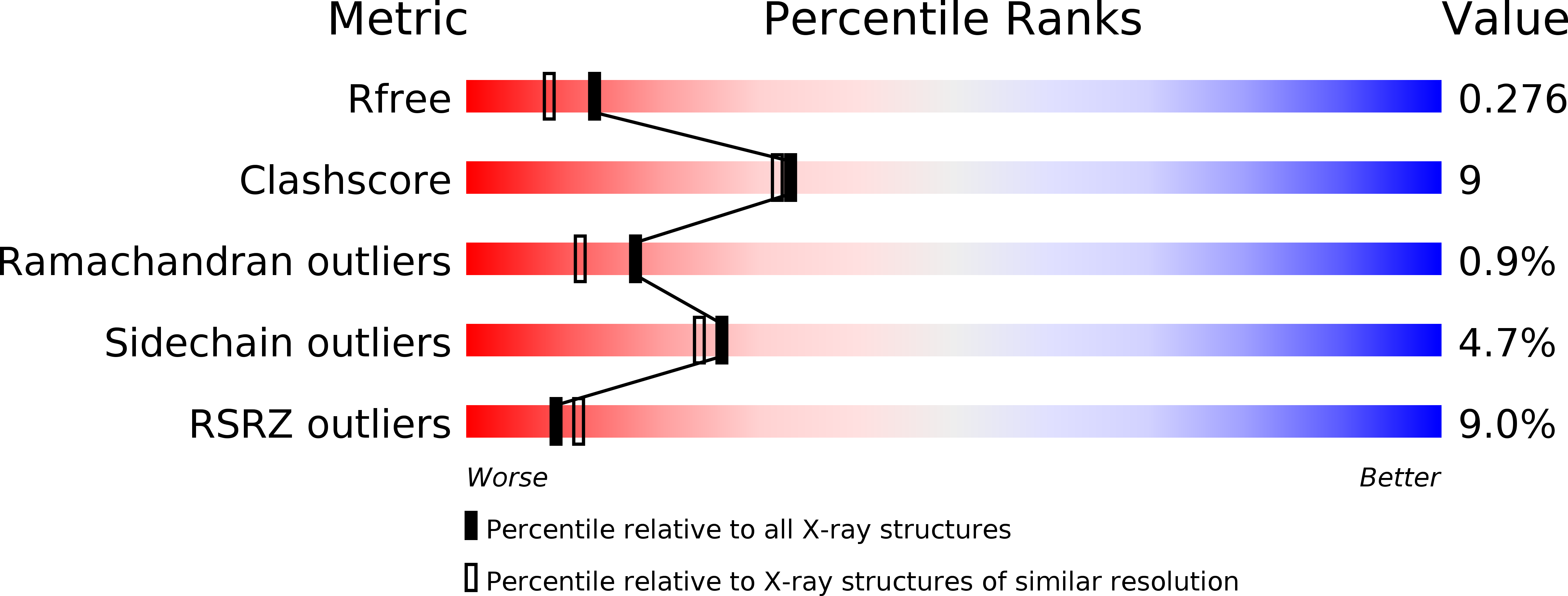
Deposition Date
2013-05-07
Release Date
2013-05-15
Last Version Date
2023-12-20
Entry Detail
PDB ID:
4BMA
Keywords:
Title:
structural of Aspergillus fumigatus UDP-N-acetylglucosamine pyrophosphorylase
Biological Source:
Source Organism:
ASPERGILLUS FUMIGATUS (Taxon ID: 5085)
Host Organism:
Method Details:
Experimental Method:
Resolution:
2.08 Å
R-Value Free:
0.26
R-Value Work:
0.21
R-Value Observed:
0.21
Space Group:
P 21 21 21


